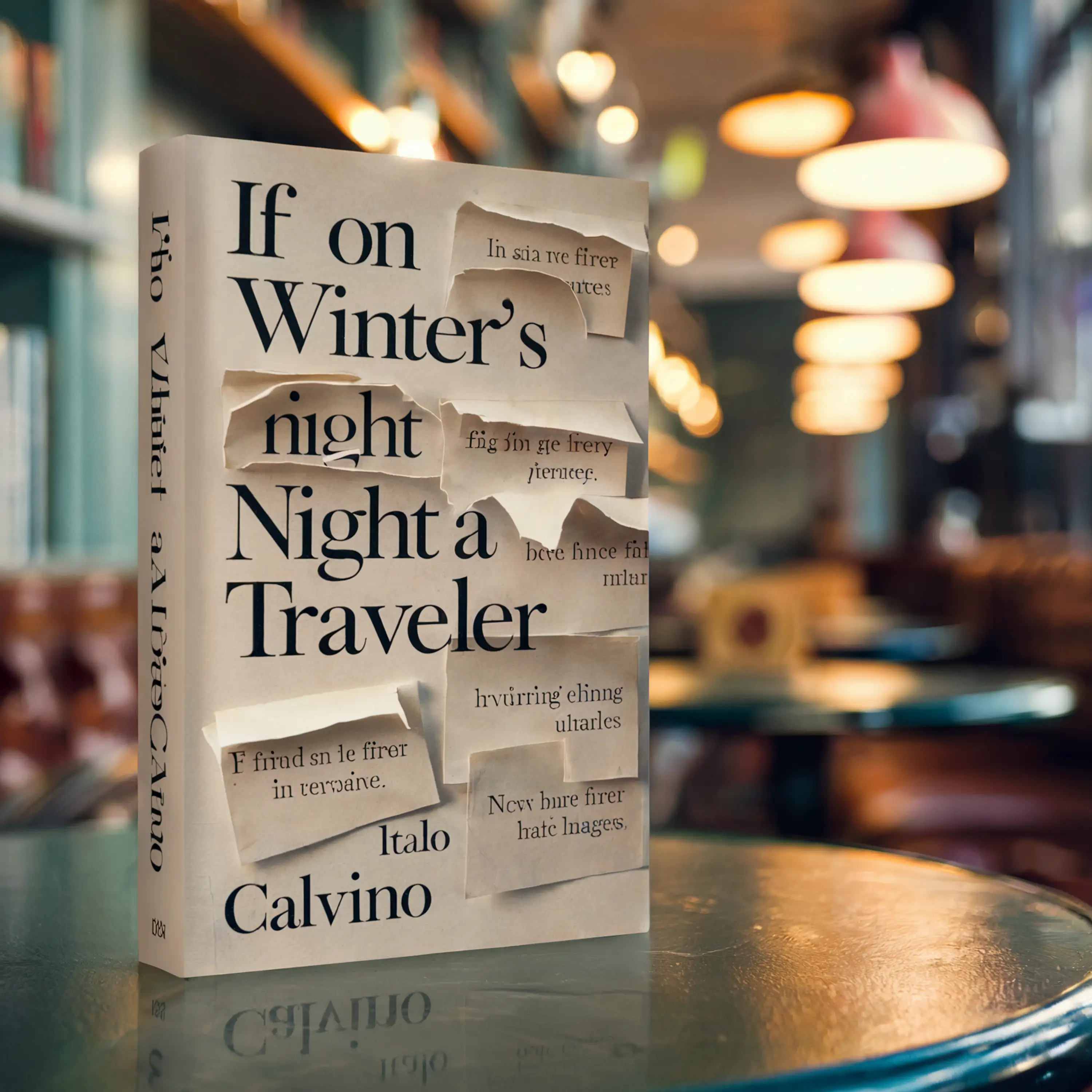This summary is packed with value, giving you key takeaways in no time. Listen on our site, or tune in with your favorite podcast player.
Support Italo Calvino and the Lit Snippets podcast by purchasing "If On A Winter's Night A Traveler" on Amazon, and get a quick book summary for busy minds.
---
📚 | Need-To-Know Nuggets
1. Calvino plays with the idea of interrupted stories, throwing the reader into new genres and characters just as things get interesting. It’s a masterclass in keeping the reader on their toes.
2. The elusive translator Ermes Marana creates chaos in the reading experience, turning the narrative into a fragmented puzzle. His role in shaping the fragmented narrative keeps the reader engaged and frustrated.
3. The act of reading itself becomes a character, with Calvino addressing "You, the Reader" directly and making the experience feel both personal and disorienting.
---
If On A Winter's Night A Traveler is an unconventional work of fiction where Italo Calvino explores the very act of storytelling. It’s a book that constantly interrupts itself, throwing you, the reader, into a series of new beginnings. With every fresh chapter, Calvino opens the door to an entirely different world, making it feel like you're picking up a new book every time. This narrative structure not only showcases Calvino’s playful imagination but also challenges how we think about stories and the role of the reader.
Through the novel, Calvino constantly breaks the fourth wall, addressing the reader directly and involving them in the story in a way few other authors do. In fact, the main character of the book is none other than “You, the Reader.” This approach makes it feel deeply personal, as though Calvino is speaking directly to you.
Ermes Marana, a key figure in the novel, complicates things even further by intentionally disrupting the stories. His manipulations turn the reading experience into a chaotic yet fascinating puzzle. As you follow "You, the Reader," your journey is shared with "The Other Reader," Ludmilla, who adds an extra layer of intrigue and complexity to the narrative.
|| "Imagine you're totally engrossed in this incredible story, and bam. It just stops out of nowhere. And then you're thrown into a whole other story, a completely different genre, different characters, the works."
Calvino’s brilliant use of recurring motifs, from ringing telephones to mysterious suitcases, weaves together the novel's many fragmented pieces. These motifs subtly connect each story, making it clear that even in chaos, there’s a strange order to the way stories unfold. The novel is a celebration of the act of reading itself, a nod to readers who are in it not just for the destination, but for the journey.
---
This podcast is generated and may include inaccuracies or spoilers. It is intended for entertainment purposes only. As an Amazon Associate, Lit Snippets earns from qualifying purchases made through the links in our episodes. Thank you for supporting the show!


